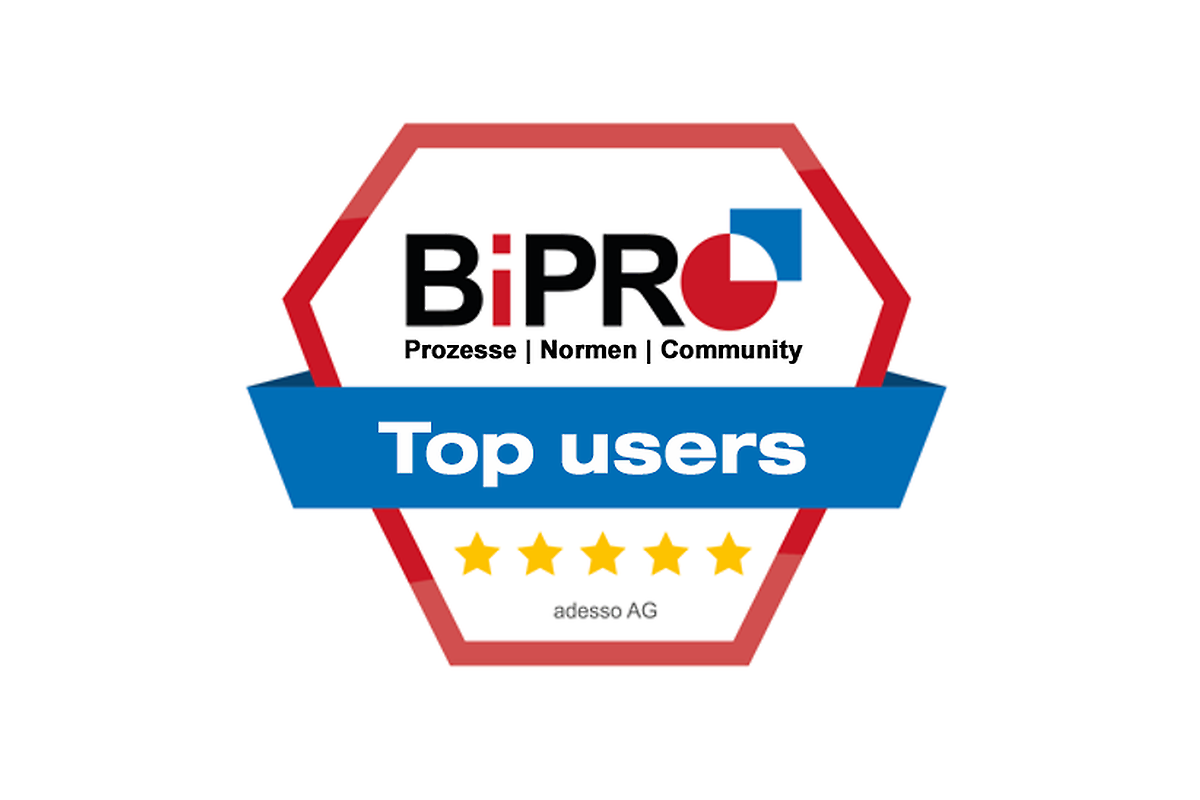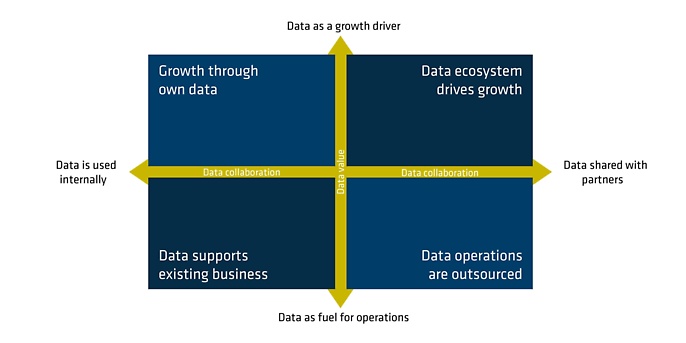Ecosystems are characterised by the fact that the customer benefit achieved via positive network effects exceeds the sum of the individual services of the providers participating in the ecosystem. Customers expect holistic services that fit their situation in life. Ecosystems, partnerships and platforms are therefore becoming increasingly more relevant.
For insurers, this means no longer just offering products for specific risks, but rather solutions for specific situations in life. Products are integrated into customised solutions supplemented by suitable services. The customer is addressed in a solution-oriented manner and given the best support possible, and well-being is increased – reason enough to remain loyal to the insurer and recommend it to others.
Ecosystems represent a good chance for insurers to increase their business volume. Some established examples of this include the fact that a mobile phone provider offers device insurance at purchase and the fact that a home insurer offers services in and around a customer’s home in addition to insuring it, such as arranging suitable craftsman services.




